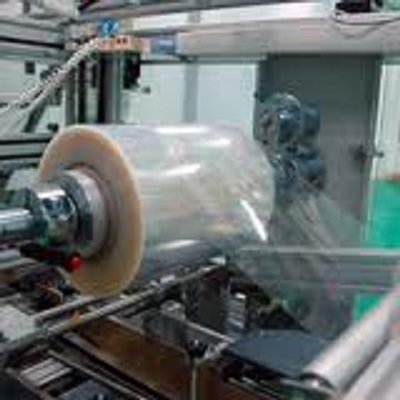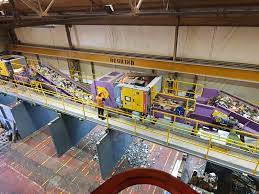Initially, biodegradable and compostable plant material based bottles seemed to be the cure for this convenience quandary. But beyond the simple math of eliminating petroleum as source material, there’s a problem: Most bioplastic doesn’t compost, unless in a professional environment (some don’t, even then). Bioplastics are not recyclable, since they are a different in formulation from conventional PET plastic. When they are accidentally included in recycling processing, it gums up the machinery.
To make matters worse, bioplastic, when tossed in the trash by people believing it would biodegrade, actually releases methane, a more potent greenhouse gas than CO2.
In the past few years, companies such as Coca Cola and Pepsi have been working on bridging the gap, making plant based bottles that are also recyclable. A step forward, but in Coke’s case it’s 30% plant based, sourced from purpose grown sugar cane ethanol. While a Coca Cola representative told me “Estimates show that sugarcane production in Brazil could increase thirty times without endangering sensitive ecosystems or taking land destined for food crops,” the question arises, why even grow food crops for bottles when Pepsi is currently creating bottles sourced primarily from food production scraps?
While Coke continues to work on making the bottle 100% plant based and we wait to see if Pepsi will license it’s bottle technology to other companies, an interesting third option has been quietly innovating: Casey Container.
Casey Container has created an additive usable with a wide range of plastics, even rubber, that allows the resulting product to be usable in all its usual applications, while being both recyclable and biodegradable. The resulting biodegraded material is not simply smaller pieces of plastic that continue to be an ecological issue. It becomes harmless biogas and biomatter. And rather than needing heat, light and moisture to begin the process of biodegrading and thus not working in tightly packed landfills, it is activated by the very microbes typically found in landfills.
I was curious exactly what The Casey Container is made of, since it isn’t explicitly stated on the site.
Their answer?
The additive is a proprietary blend of organic materials that does not modify the base resin to which it is added. The resin retains all its original properties and shelf life.
“Pardon?” you might be saying. Translation: It’s an organic (carbon based) formulation that doesn’t alter the material its added to, thus it can still be used in products and recycled as it has all along.
Perhaps learning what EcoPure, the material that makes up the Casey Container, is will help. EcoPure is:
…not a starch based additive or blended resin system and is not destructive to the environment. It is not a new, biochemically synthesized polymer like PLA. It is not corn based, starch based, sugarcane based, wood based, or switchgrass. It does not depend upon raw materials that must be grown on farm land. The additive initiates and promotes solely a bio-degradation process and does so only in the presence of micro-organisms such as are found in landfills.
How does EcoPure work? As Casey Containers, puts it in delightfully non scientific terms:
EcoPure has a minimal amount of microbes in the compound, but it is made to appeal to microbes that already are in a landfill environment. The methane gas, humidity and other things specific to a landfill environment trigger the microbes. They see the plastic that the EcoPure has made tasty, and they start to eat it. Those microbes eating the plastic make secretions that in turn attract other microbes to start eating it. The important ingredient in EcoPure is not the microbes, it is the carrier that makes the plastic attractive to them. Think of it as frosting on a cake – it coats the cake and makes it tasty. It doesn’t change the cake (cake being the plastic)
Are these microbes safe? There’s supposedly been health issues with the Gulf oil spill microbe treatment, dubbed Blue Plague.
Casey Container’s answer:
Microbes are already in the landfill; a new kind of microbes are not introduced to the environment via the EcoPure bottle. After the EcoPure bottle is eaten, microbes move on to eat other things in the landfill. Safety of EcoPure related microbes in a landfill environment is a nonissue.
While I don’t think this is the ideal solution, as it continues the petroleum based paradigm, it is a good “right now” solution to more effectively making use of and disposing of a major source of waste in our society today. The ideal combination would be a combination of Pepsi’s food waste sourcing and recyclability, combined with EcoPure’s landfill activated biodegradation.
Readers: Are there other ecological packaging innovations we should know about? Any holes to poke in EcoPure? If you have a company that uses plastic bottles, would you ~
Paul Smith is a sustainable business innovator, the founder of GreenSmith Consulting, and has an MBA in Sustainable Management from Presidio Graduate School in San Francisco. He creates interest in, conversations about, and business for green (and greening) companies, via social media marketing.
Source : www.triplepundit.com






